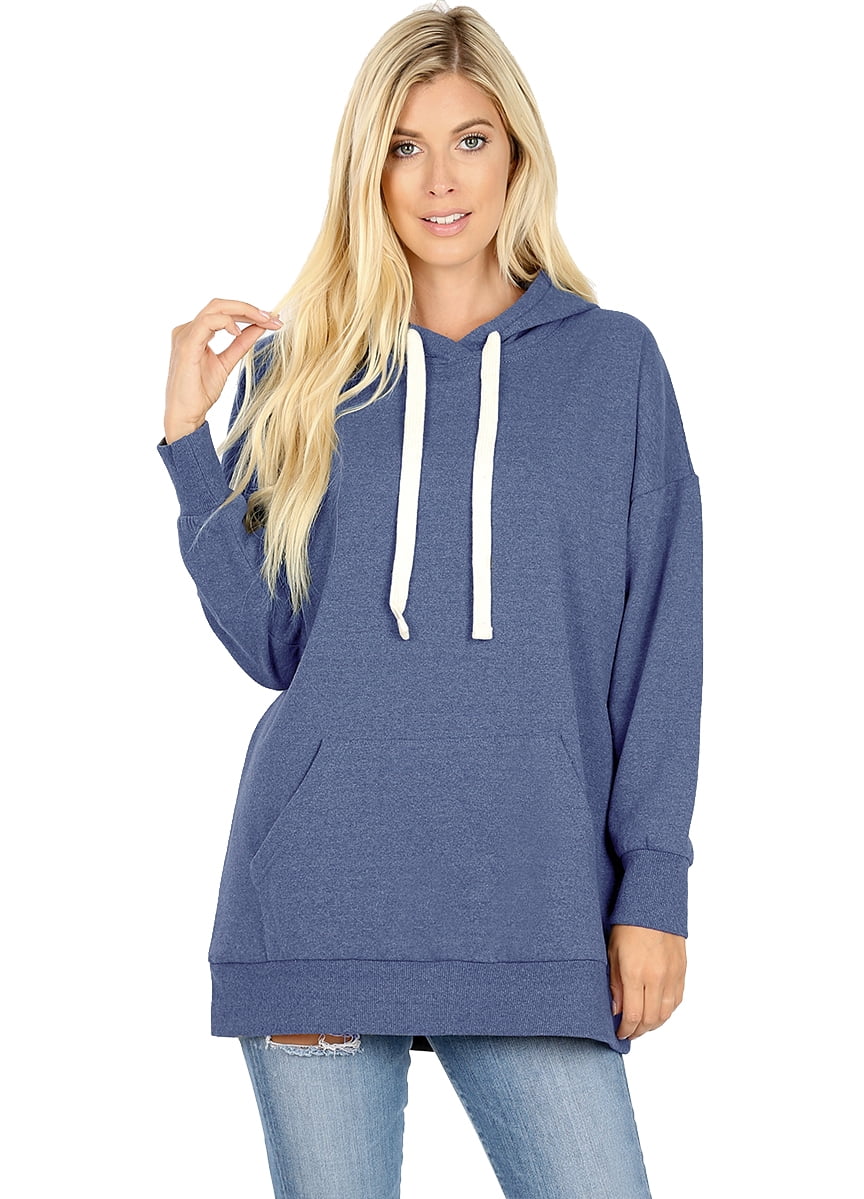What you should Consider When Choosing the Right Sweatshirt

Sweatshirts are long-sleeved pullover tops that are made of thick cotton cloth. They are typically used for casual wear but aren't as dressy as sweater s or cardigans. They might not come with a or hood. If you are interested in buying a sweatshirt, here are some tips:
The Norma Kamali brand spread the appeal of sweatshirts
Since the late '70s in the late '70s, Norma Kamali has been turning the humble sweatshirt into a work of art. Her designs are now an essential part of every woman's closet. Her unique designs include a tummy-tucking crew neck to leather-paneled sweatshirts. Her clothing is also designed with unique forms, such as tanks with a long trumpet skirt.
The collaboration with the brand and the sweatshirt maker Everlast resulted in her Timeless collection, which became an instant hit when it was featured in the Spiegel spring 2006 catalog. The collection featured knits that were convertible and interchangeable in classic silhouettes and many of the pieces were priced under $20. Even the The Norma Kamali Timeless collection was not sold in stores, customers could still find the items on eBay as well as Poshmark.
Merino wool sweatshirts feel more comfortable than soft sweatshirts.
Merino wool is known for its ability to remove moisture, which helps to keep you comfortable and dry. It is a natural fibre that has a softer feel. It also drys quickly when compared with other natural material. Furthermore, merino is a renewable resource. sweat shirts shed their coats every year and regrow new ones.

Merino's weight-to-heat ratio is high, and the warmth of wool makes it popular for sweatshirts. It helps to regulate the temperature of your body due to its loft that naturally holds heat in the fibers. This is the reason Merino wool sweatshirts are perfect for summer and outdoor activities like hiking, mountain biking, and running. The warmth it provides helps keep the wearer comfortable and dry. This is crucial when exercising.
Zip-front hoodies have kangaroo pocket
Kangaroo pocket hoodies are a popular style of hoodies. They feature a big pocket on the front, that will keep your hands warm on cold days. They're also more practical than traditional pockets because they permit your hands to slide into and out effortlessly.
Kangaroo pockets are usually large enough to hold a wallet or some other small items for personal use. They are commonly big enough to hold the palm of a hand that is small, and can even be large enough to accommodate two hands. They have wide openings on both sides and can be used to carry small objects.
French terry fabric is a well-loved fabric for sweatshirts
The French Terry fabric is constructed of soft yarns that are made into loops, and are usually midweight. It is also renowned as a fabric that wicks moisture and is already pre-shrunk. French terry is a great option for sweatshirts as it keeps you warm when you need it and also keeps you cool when you need to cool off.
French terry is also popular for loungewear, since it is stretchy enough and has enough flexibility to feel good on your skin. It also allows air to circulate throughout the fabric, which makes it ideal for layering under other clothes. In addition, because it's lighter than other sweatshirts you can wear it throughout the year without feeling too warm or cold.
Hoodies are classy and have a connotation of class.
While it may seem that hoodies are simply an appropriate clothing item for people of the working class but the truth is that they have a classist connotation. Hoodies were first popularized in the early 1970s in New York, where graffiti artists wore them to hide their identities. In 1976 the hoodies made their big movie debut in "Rocky," when the protagonist of the film was a working class man in grey sweats with hoods during his memorable climb up the Philadelphia Museum of Art.
Hoodies are often associated with destruction, death and other unpleasant things, but they can also be used for practical reasons. For example, monks and priests can wear hoods to demonstrate modesty and inward focus.
